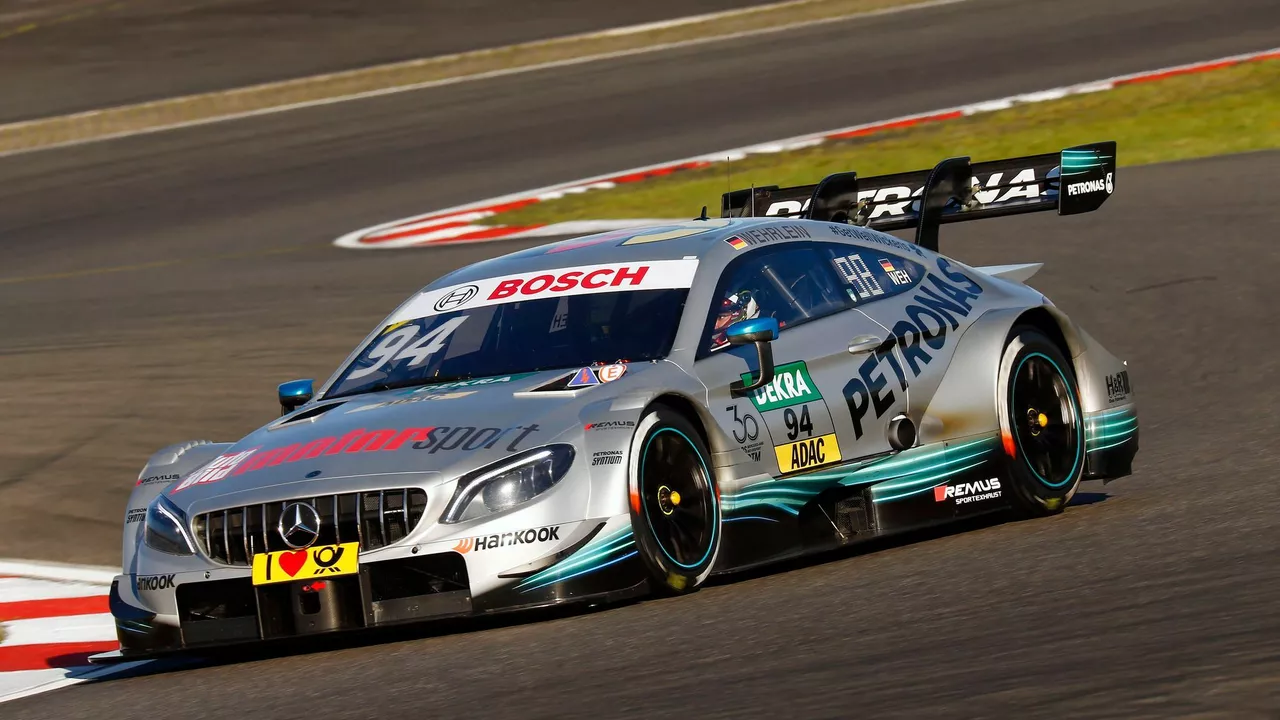Performance Enhancement: Boost Your Racing Skills
Want to get quicker around the track without spending a fortune on new parts? You’re in the right place. In this guide we break down easy steps you can start today to lift your lap times, tighten your control, and feel more confident when you hit the throttle.
Practical Ways to Gain Speed
First off, look at the basics: tyre pressure, brake bias, and rider position. A few PSI off on the front tyre can change how the bike sticks into a corner. Check your pressure before every session and adjust for the track temperature. Next, experiment with brake bias – moving a little more pressure to the front helps you brake later, but too much can lock up. Small tweaks here add seconds to your lap.
Second, focus on corner entry speed. Most riders fear the first 30 meters of a turn, but the faster you get on the apex, the later you can accelerate out. Practice a smooth, progressive turn‑in and keep the bike upright for as long as possible. Visualising the racing line and committing to it works better than hesitating.
Third, work on your shifting technique. Double‑clutching isn’t needed on modern bikes, but matching engine revs to the next gear smooths power delivery. Spend a few minutes in a quiet area just to feel the rev drop as you shift – the smoother the shift, the less the bike unsettles, and the quicker you get back to full power.
Mindset and Nutrition
Performance isn’t just about the machine. Your brain and body need the right fuel. Hydration is a game‑changer – dehydration can drop reaction time by up to 20 %. Keep a water bottle handy and sip regularly, especially on hot days.
Nutrition matters too. A light snack with carbs and protein about 30 minutes before a session keeps energy steady. Think a banana with a small handful of nuts, not a heavy sandwich that makes you feel sluggish.
Finally, adopt a growth mindset. Instead of focusing on a bad lap, pick one thing – say, brake timing – and work on it until it feels natural. Record a short video of your line and compare it to a faster lap. Seeing the difference helps you understand what to change.
These steps are simple, low‑cost, and can be applied whether you’re on a motorcycle, a go‑kart, or a car. Keep a notebook of pressure settings, gear shift counts, and how you felt each session. Over time you’ll spot patterns and know exactly what works for you.
Remember, performance enhancement is a habit, not a one‑off fix. Stay consistent, tweak a little each week, and watch your lap times drop. Ready to hit the track and feel the difference? Start with one of the tips above today and keep building from there.
Is there a doping equivalent for auto racing?
In my latest exploration, I delved into the intriguing question - "Is there a doping equivalent for auto racing?" It turns out, yes, there is. Just as athletes might use performance-enhancing substances, cars can also be 'doped' through a variety of mechanical and technological tweaks that enhance their performance. These manipulations, while not always illegal, can push a vehicle's capabilities beyond its factory settings, giving some drivers an edge in races. However, like in sports, these enhancements can often lead to debates about fair competition and the spirit of the sport.
